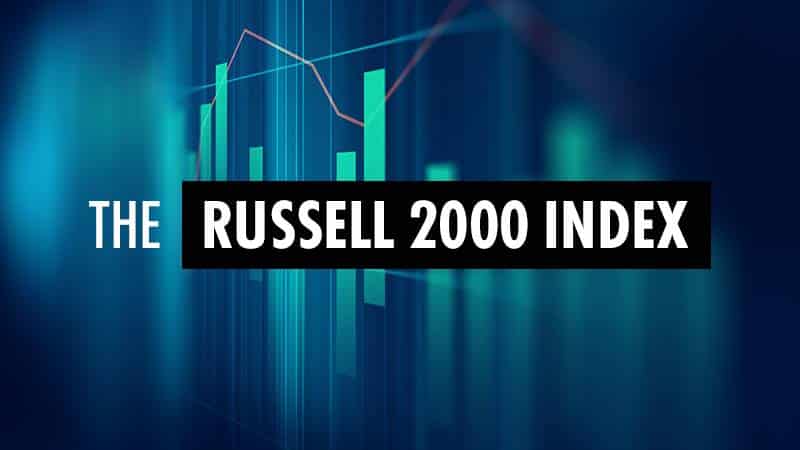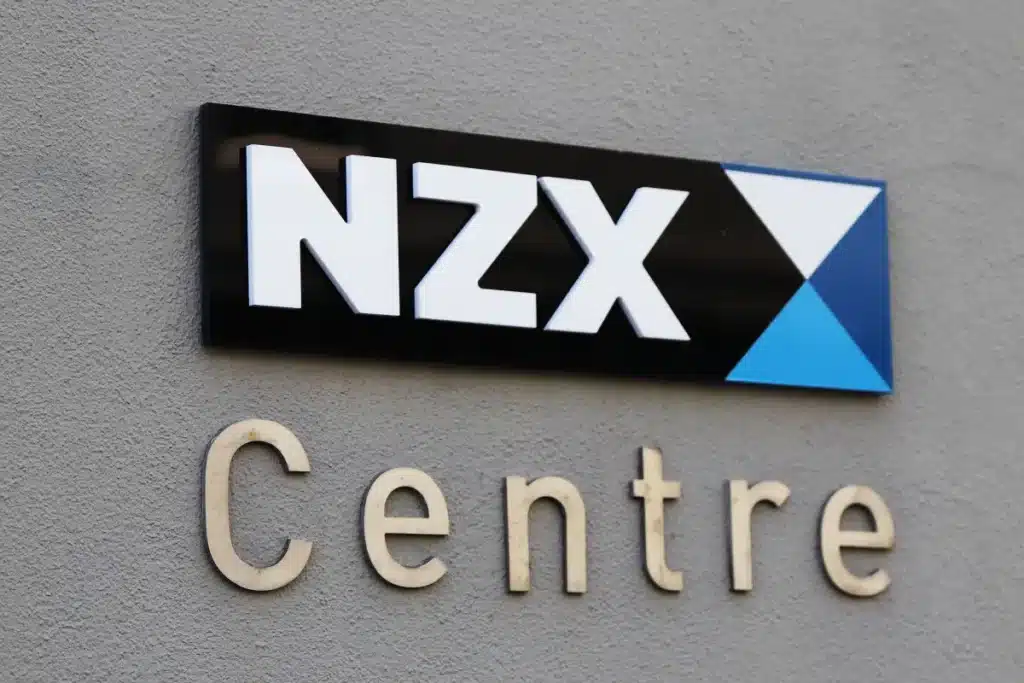Market Update: Futures Lower, CPI Ahead, U.S. to Cut ‘De Minimis’ Levies
On Tuesday, May 13, 2025, U.S. stock futures were trending lower as investors braced for the release of key inflation data and digested developments surrounding U.S. trade policy with China. These factors are shaping up to set the tone for the markets as traders gauge the implications for economic growth and monetary policy.
Consumer Price Index (CPI) Awaited
One of the central focuses for investors is the upcoming Consumer Price Index (CPI) report for April. The CPI, a widely-monitored indicator of inflation, will provide critical insights into whether price pressures in the economy are cooling down or remaining stubborn. Higher-than-expected inflation data could bolster expectations for more aggressive Federal Reserve policy tightening. Conversely, signs of easing inflation could provide the markets with some breathing room and spark optimism, particularly in the tech-heavy and growth-sensitive sectors. As of now, the broader market appears cautious as traders position themselves ahead of the report.
Trade Developments with China
In addition to the CPI anticipation, market sentiment is being influenced by the latest developments in U.S.-China trade relations. Reports indicate that the U.S. is preparing to reduce ‘de minimis’ duties on Chinese goods as part of efforts to de-escalate ongoing tariff disputes. The move could signal a thaw in frosty trade relations with Beijing, potentially alleviating some pressure on global supply chains and benefiting industries reliant on international trade. China has reportedly expressed a willingness to continue trade negotiations, which may serve as a positive signal for a broader resolution to existing tensions.
These steps come amidst a backdrop of market volatility, as both countries aim to navigate economic challenges while maintaining competitiveness on the global stage. A more cooperative trade tone could positively impact market sectors such as manufacturing, technology, and retail, which are particularly sensitive to changes in trade policy.
Market Reaction
While optimism may grow over a potential trade truce, markets are taking a cautious stance for the moment. Futures have pulled back, reflecting lingering concerns over Fed policy and global economic risks. The energy sector is one segment showing resilience, with crude oil prices gaining ground on hopes of improved trade dynamics. Meanwhile, traditional safe-haven assets like gold are holding steady amid mixed market signals, as traders watch for the CPI report to provide further direction.
Big Picture Perspective
In summary, Tuesday’s market activity is being shaped by a mix of anticipation and uncertainty, with the CPI report and U.S.-China trade developments taking center stage. Both factors profoundly influence investor sentiment and market performance, as they bear implications for inflationary trends, Fed policy adjustments, and the global trade environment. Going forward, traders will stay tuned to these developments and any related announcements to interpret the short-term and long-term impact on the broader economic landscape.
For new and experienced investors alike, today’s events highlight the importance of staying informed and understanding how macroeconomic and geopolitical factors interact to drive market movements. While volatility is often unsettling, it can create unique opportunities for those prepared to act on well-informed strategies.
Today’s Top Analysis
Staying informed is one of the key aspects of being a successful investor. Today’s top analysis pieces highlight critical insights and trends that could guide your decisions in the ever-changing financial market. Below, we break down some of the topics covered, providing a snapshot of what’s driving investor interest and where potential opportunities—or challenges—might arise.
S&P 500: Bulls Holding Out for the Next Catalyst to Push Higher
The S&P 500 is experiencing a standstill, as investors anticipate a significant catalyst to drive the next upward movement. This piece highlights how investors are carefully watching macroeconomic indicators, such as inflation data and Federal Reserve announcements, for clues that could support a bullish trend. The analysis suggests that while optimism exists, patience and positioning remain key as markets navigate lingering uncertainties.
Palantir’s Latest Deal Could Put a Freeze on Its Stock Price
Palantir, a major player in big data and analytics, is under the spotlight due to a recent deal that seems to be generating mixed reactions. The analysis explains how the details of this agreement, while potentially beneficial, may not immediately translate into growth for the company’s stock price. The author delves into why investors might see the deal as a stabilizing factor rather than a growth trigger, marking a pause in its otherwise active trade momentum.
GBP/USD Faces Dual Risk from Expected Weak UK GDP and Sticky US Inflation
If you’re trading currency pairs, this analysis is one to watch. The pound sterling (GBP) and the US dollar (USD) are facing volatility driven by two key concerns: weak GDP reports expected in the UK and persistent inflation concerns in the US. The piece discusses how these risks play into the broader forex market, offering insights into potential strategies to navigate a complex and reactive trading environment.
Crude Oil: Trade Optimism Fuels Price Gains, What Comes Next?
Crude oil prices have been climbing due to increased trade optimism between the US and China, signaling a potential rebound in global economic activity. However, this analysis emphasizes caution, pointing out that the sustainability of price gains will depend on concrete action in trade agreements and production adjustments by key suppliers. For anyone with positions in energy stocks or commodities, the insights here are invaluable.
Magnificent 7: What’s Next for Tesla, Google, and Others After Q1 Updates?
The “Magnificent 7” refers to leading tech giants—Tesla, Google, and others—that continue to shape market dynamics. This analysis takes a deeper look at post-Q1 earnings updates for each of these companies, breaking down what investors can expect in the coming months. While these stocks have seen impressive growth, the report explains the challenges and opportunities each faces, ensuring readers have a well-rounded perspective.
Key Takeaways
These analyses capture market nuances that can shape both short-term and long-term investing decisions. Whether you’re diversifying your portfolio or honing in on specific sectors, understanding the context behind these trends is crucial. Stay informed, stay prepared, and always build your investment strategies on well-rounded knowledge.
If any of these topics stand out to you, consider diving deeper into the individual sectors or asset classes mentioned. Education is your best tool when navigating the complexities of investing, and understanding the why behind these movements can make all the difference.
Breaking Down Today’s Top News For Smarter Investing
When it comes to making informed investment decisions, staying on top of the latest news is crucial. Today’s headlines provide valuable insight into market movements and the economic factors impacting stocks, commodities, and cryptocurrencies. Below, we unpack the top stories to help you understand what’s happening and why it matters for your investing journey.
1. U.S. Stock Futures Dip Ahead of CPI Release
The major U.S. indices have given back some of their recent gains as investors eagerly await the release of the Consumer Price Index (CPI) data for April. The CPI, which measures inflation by tracking the price changes of everyday goods and services, is a key indicator of economic health. If inflation remains high, it could reignite fears of more aggressive interest rate hikes by the Federal Reserve, impacting stocks and bond yields. On the other hand, weaker-than-expected inflation might support further market gains as it suggests a cooling economy.
2. China Signals Openness to Further U.S. Trade Talks
In a positive move for global trade relations, China has indicated its willingness to continue negotiations with the United States following recent tariff de-escalations. The trade relationship between the world’s two largest economies has a major impact on markets, particularly for companies reliant on international supply chains. Easing tensions could benefit industries such as technology, manufacturing, and consumer goods while potentially spurring growth in both nations.
3. Trump Lowers ‘De Minimis’ Duties on Chinese Goods
In a noteworthy step, the U.S. government has reduced the so-called ‘de minimis’ levies, which are the minimum value threshold for imported goods to be taxed. This decision is part of broader efforts to de-escalate trade hostilities with China. Lower tariffs may bring relief to businesses affected by higher import costs, improving their margins and potentially strengthening stock performance in the short term. For investors, this could mark an opportunity to revisit sectors sensitive to trade dynamics, like apparel, automobiles, and electronics.
4. Bitcoin Retreats Amid U.S.-China Tariff Developments
Bitcoin, often seen as a hedge against geopolitical uncertainty, has dropped to $102,400 following news of U.S.-China tariff reductions. Cryptocurrencies like Bitcoin tend to draw investor interest during periods of economic unrest or inflation concerns. With tariffs easing and inflation data pending, risk sentiment appears to be shifting, leading some crypto traders to take profits. However, Bitcoin’s long-term trajectory remains highly volatile, so investors should tread carefully and factor in their risk tolerance before adjusting their positions.
5. Gold Holds Steady as Investors Eye Inflation Data
Gold prices have remained relatively stable despite improved risk sentiment fueled by U.S.-China tariff reductions. Traditionally viewed as a safe haven during economic turbulence, gold’s performance is also closely tied to inflation expectations. Should the CPI report show stronger-than-expected inflation, it could boost gold prices as investors seek to protect their purchasing power. Conversely, weaker inflation figures may encourage a shift toward riskier assets, potentially softening demand for gold.
Why These Headlines Matter to Your Portfolio
Each of these stories has significant implications for various asset classes and sectors. For instance, inflation data could dictate the Federal Reserve’s monetary policy, influencing interest rates, borrowing costs, and market sentiment. Similarly, progress in U.S.-China trade relations could reduce uncertainty, bolster global growth, and encourage investment in specific industries.
As always, timing the market perfectly is nearly impossible. Instead, the key is to stay informed, focus on your long-term investment goals, and diversify your portfolio to help mitigate risks. By keeping an eye on these developments, you’re better equipped to make confident decisions and grow your wealth over time.








